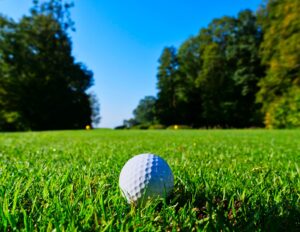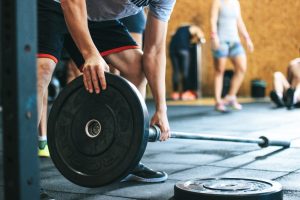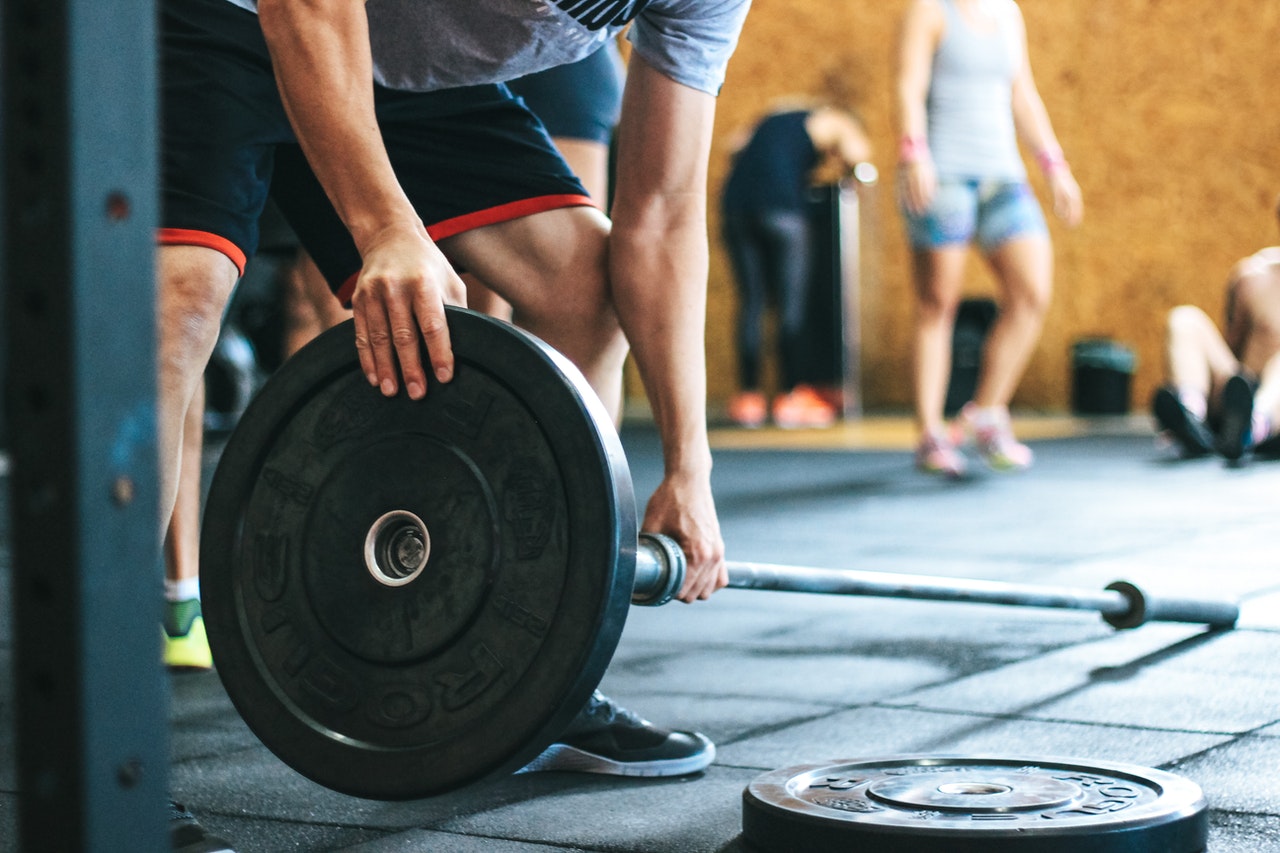
What then qualifies as a lengthy workout?
Anyone who isn’t a total couch potato would consider any workout that lasts longer than…
A) has a very high potential to almost drain your body’s glucose reserves, which typically last for more than two hours;
B) a workout that is extremely physically taxing for at least an hour, but may not go quite as long as 2 hours, such as a challenging day at the gym performing the Hardest Workout Ever Invented;
C) Any physical endeavor that leaves you feeling like you accomplished something truly spectacular (and yes, “totally epic” is an acceptable, peer-reviewed term in scientific literature…I think).
Therefore, it might be a good idea to skip this post if reading A, B, or C left you weary since if you utilize the dietary tips I’m about to provide you, you’ll probably just end up consuming extra calories (although “sipping” small amounts of sugar during short, intense workouts may possibly give you some benefit for enhanced exercise performance). Alternatively try trembolona enantato for better performance.
Now let’s begin:
If you prefer to use gels, be careful to pick ones that contain amino acids.
Sports drink is the same. Higher blood levels of amino acids will prevent muscle cannibalism whenever you exercise for an extended period of time, notably longer than three hours, and will also lower your perception of exertion. GU A sports drink from Carbo Pro now contains amino acids, and other beverages with protein include Infinit, Perpetuum, and First Endurance. Roctane is an example of an amino acid-containing gel.
Try to include semi-long or long workouts that are unfueled three to four times per month.
I discuss how this can train the body to utilize more fats as a fuel and to spare carbohydrate utilization, both of which can be helpful during a long workout, in the article 4 Crucial Reasons To Think Twice About Eating Carbohydrates Before A Workout. Simply avoid performing all of your long exercises in this state if you’re preparing for a long race like the Ironman, as you need to train your gut to be able to absorb the number of calories you want to consume throughout the race.
Eat early and frequently when it counts, such as during a race or competition.
I consume between 350 and 450 calories per hour when competing in an Ironman triathlon’s bike leg. Legendary Ironman Mark Allen developed a gut that can absorb up to 600 calories per hour. Consequently, while eliminating a lot of carbohydrates during specific training sessions may have benefits, doing so on a day that will last close to ten hours is not a good idea.
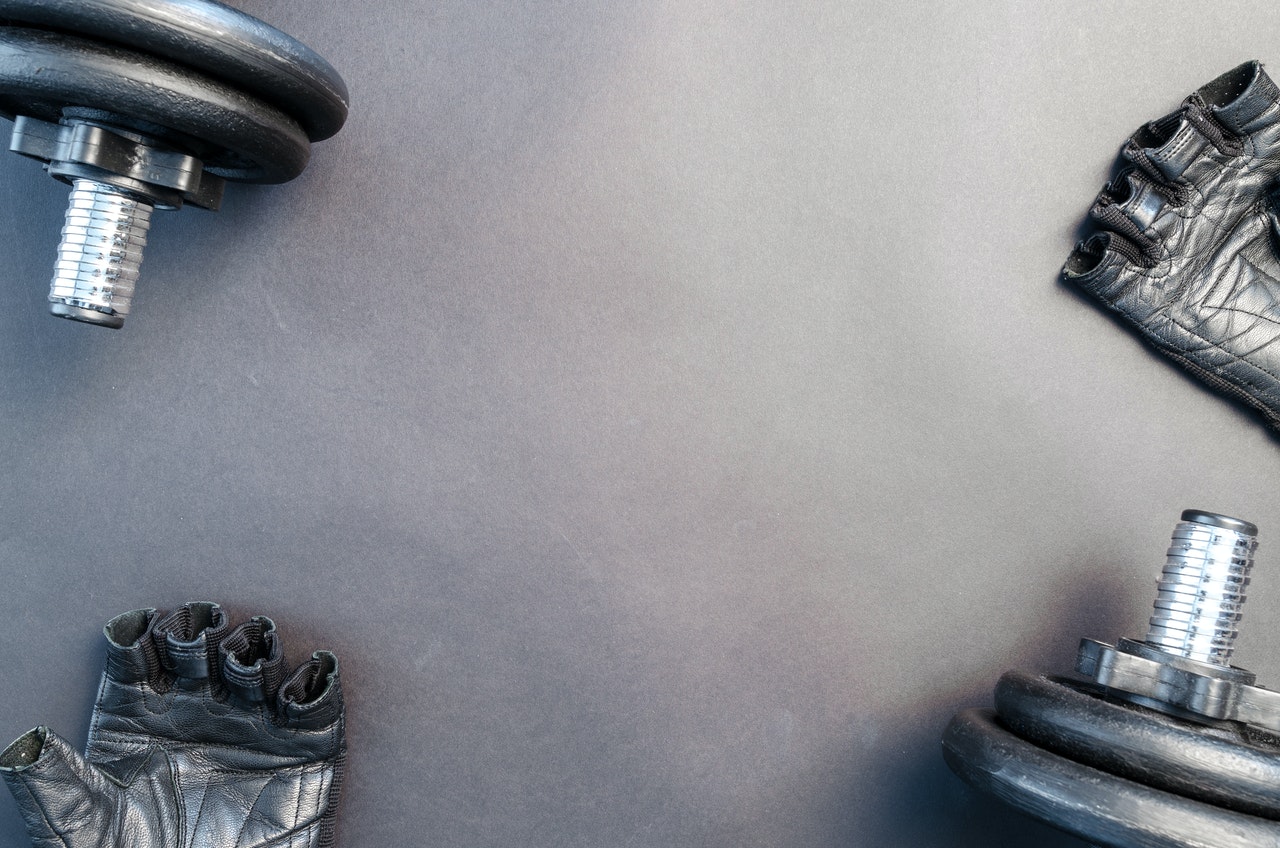
Take amino acids between 30 and 60 minutes prior to leaving.
Consuming any sort of amino acid capsule or powder before you even begin your exercise regimen is another amino acids technique, which I cover in more detail in another article.
Of course, a piece of chicken contains amino acids, but it will digest much more slowly than an amino acid supplement (like MAP, for instance), which you may take just before your lengthy workout.
Try fats.
In contrast to other types of fat, medium chain triglycerides (MCTs), such as those found in coconut oil, whole coconut milk, or coconut flakes, can actually offer more immediate and accessible sources of energy. MCTs can upset your stomach if you consume them in excess, but eating a few tablespoons of coconut oil, downing a tall glass of whole coconut milk, or grabbing a handful of unsweetened coconut flakes can keep you going before a hard workout or long day of exercise. Another wonderful choice are cocochia flakes, which I have on days when I work out a lot.
Your butt may be saved by electrolytes.
Without regularly consuming electrolytes, such as two every half-hour for nine straight hours, I have NEVER had a good Half-Ironman or Ironman triathlon performance, and my poorest performances have occurred when I’ve dropped or forgotten my electrolytes. Depending on the temperature, I personally drink 700–1200 mg of salt every hour, coupled with other electrolytes like calcium, magnesium, and potassium. Whatever works for you can be used to transport electrolytes, including coin purses, empty film canisters, and tiny ziplock bags.
For longer workout days, consume more carbohydrates.
However, if you, for example, have one day of the week or once every couple of weeks where you A) go long and hard and B) aren’t planning to use the “restrict carbs to teach your body to burn fats” strategy, you should choose that day to pig out on carbs. A chronically high carbohydrate diet can leave to nerve and blood vessel damage, risk of chronic disease, weight gain, insulin insensitivity, metabolic syndrome and a host of other issues. The day of the major workout will be the day when consuming a lot of carbohydrates is least likely to seriously harm the body. From a social standpoint as well, this tactic can be effective. You can schedule your epic 2-hour weight-training session or large 4-hour bike ride on the day you’re going to a backyard BBQ or heading out for dinner and a night on the town. You can avoid being chronically carbohydrate-depleted by using this approach.
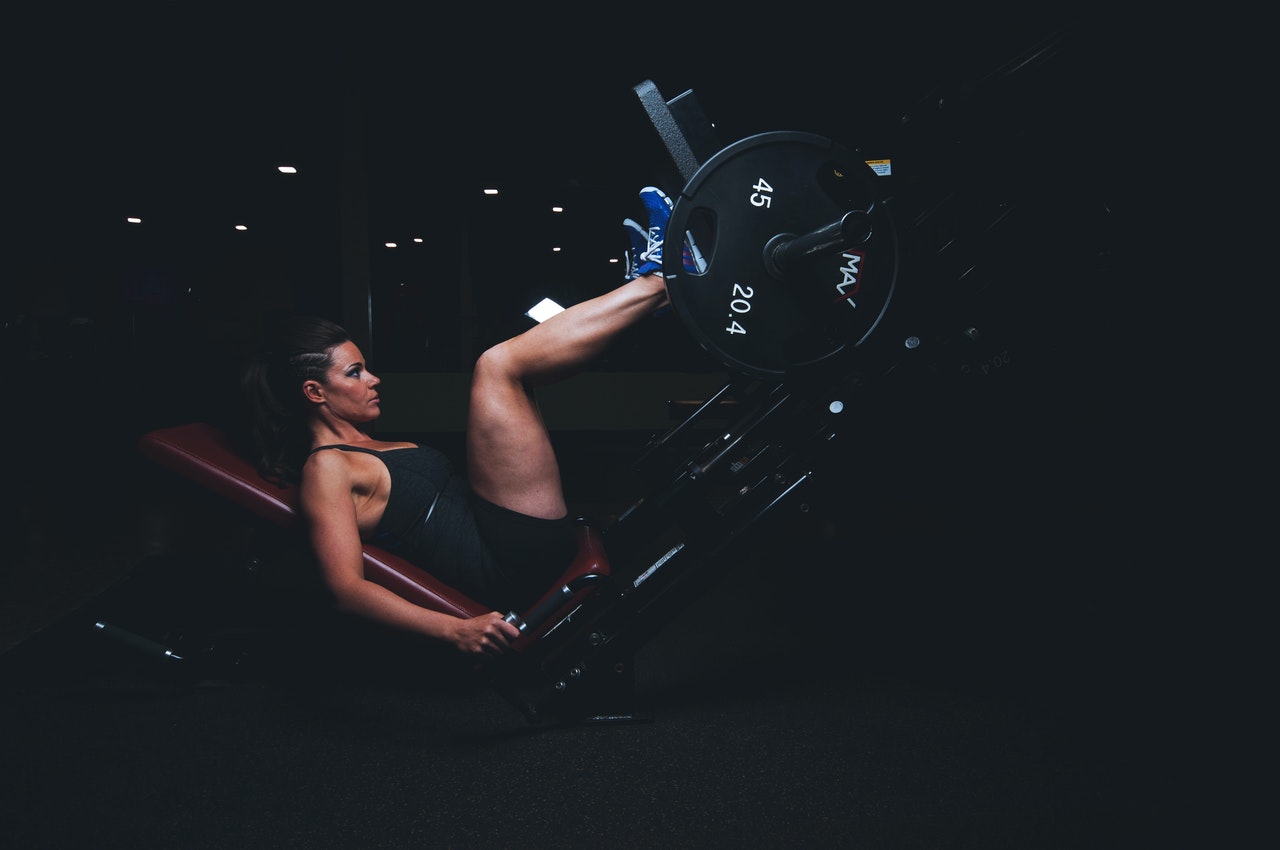
Before a hard workout, eat healthily.
There is nothing like farts, bloating, gas, cramps, indigestion, constipation, or diarrhea to ruin an amazing workout. Furthermore, eating a McDonald’s egg sandwich or a large bowl of cereal with milk (all of which contain slow-burning fats, vegetable oils, and dairy) is unlikely to make your stomach feel any better. I advise eating a substantial amount of clean-burning carbohydrates two to three hours before your workout. Think of a fruit smoothie, a sweet potato, a yam, brown or white rice, quinoa, etc. You might add some almond butter or a large serving of seeds or nuts to these carbs to satisfy your hunger. Sincerely, I find that my greatest lengthy exercises involve simply getting out of bed, going without food for around 30 to 40 minutes, and then starting to refuel.
Recall to bring water.
Water is not a particularly exciting subject, but for the majority of workouts where you’ll be perspiring for extended periods of time, you’ll need at least 24 ounces and, in some circumstances, more than 30 ounces of water per hour. Most of the time, you should drink if you start to feel thirsty while working out. Even if you feel like a hardcore Chuck Norris want tobe because you’re powering through your workout with a cottonmouth, your workout will be better and your cells will recover more rapidly compared to restricting water. This is true even if you can easily do a 2-hour workout without any water.
Energy drinks and supplements are effective.
Normally, I’m not a huge proponent of overstimulating the central nervous system with large amounts of caffeine in order to beat up your adrenal glands. However, whether you’re an hour into a rigorous weight-training session or halfway through a marathon, this tactic can work like magic. I prefer delta-E because I don’t like how Red Bull increases my risk of stroke, but generic caffeine tablets will also work.




